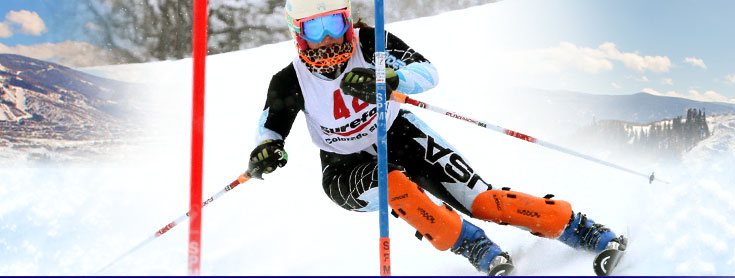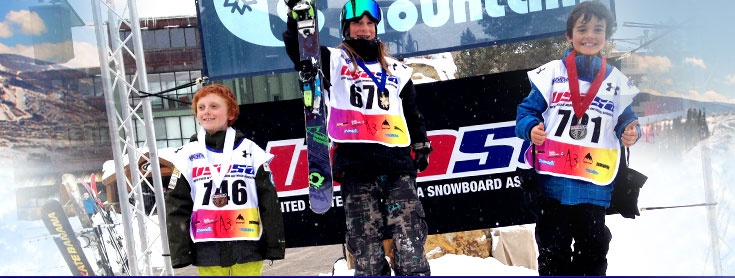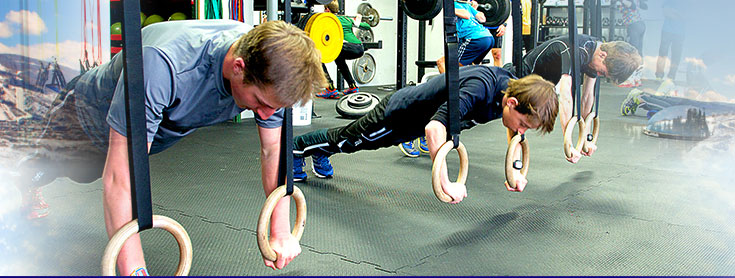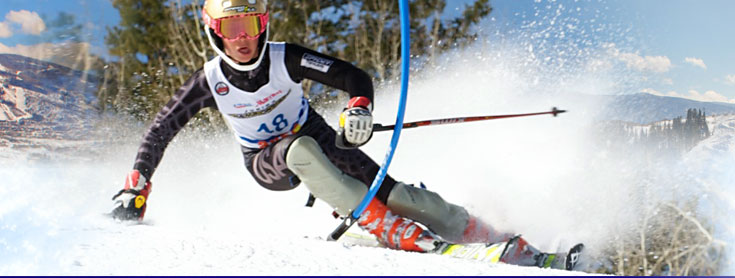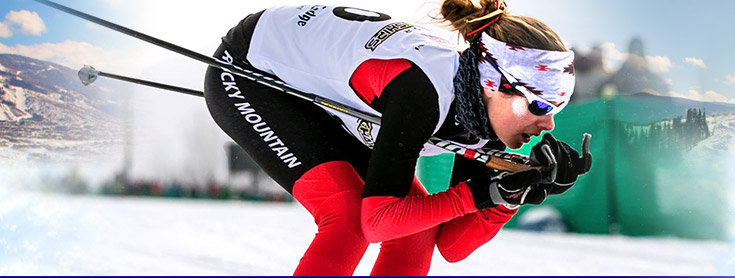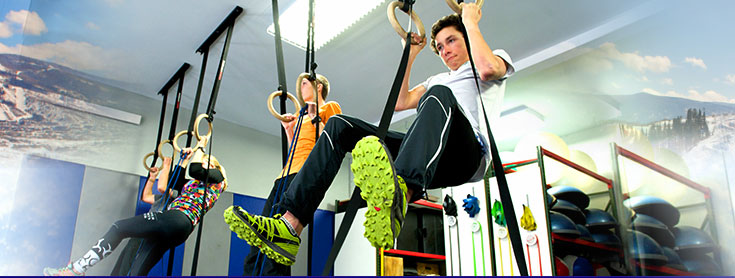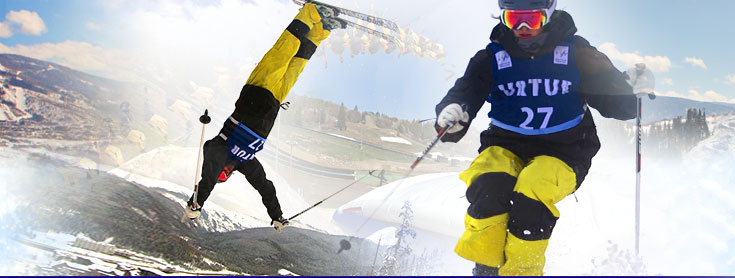The Importance of Athlete Feedback
The Importance of Athlete Feedback
By: Austin Leal
Nor-Am Coach SSWSC
There are multiple ways to provide athlete feedback, each effective in its own way. Proper communication of feedback is very important for the growth and development of an athlete. The three most common ways to give an athlete feedback are:
-Video Review
-Verbal
-Timing
Visual Feedback: Athletes who learn visually prefer video review and video demonstration of a technique in order to fully grasp the concept. Approximately 65% of athletes require visual aids in order to conquer a skill. For example, I like to use the application “Coaches Eye” to slow down videos of athletes in order to show specific techniques, line choices, or ways to correct their riding. Using this style of feedback athletes can view properly demonstrated skills from other athletes and/or they can watch their most recent runs to be critiqued.
Verbal Feedback: One third of athletes require verbal feedback. These athletes need to have techniques broken down and described to them. For example, after every run an athlete takes it is useful to go over what they did properly, and then explain to them how they can improve their run, followed by another bit of positive verbal feedback to leave the athlete on a high note.
Timed Feedback: Using timing while training gates, specific features, or even while practicing flat based riding allows athletes to see immediate results of how each run differed from the last. Athletes can see a daily progression with this feedback technique. This feedback technique is great for situations in which a coach’s eye may be able to identify improved technique but hard numbers can reinforce, or prove that a messy run with more aggression might prove faster. I personally like to use timing as much as possible to allow the athletes to challenge themselves and each other. This strategy of feedback works great with a wide variety of training plans.
There are many ways to give an athlete feedback, what matters most is understanding that each individual and which feedback method suits them best. Some athletes require some or all of the feedback options listed above. Customize your feedback techniques in order to fulfill each athlete’s needs.

